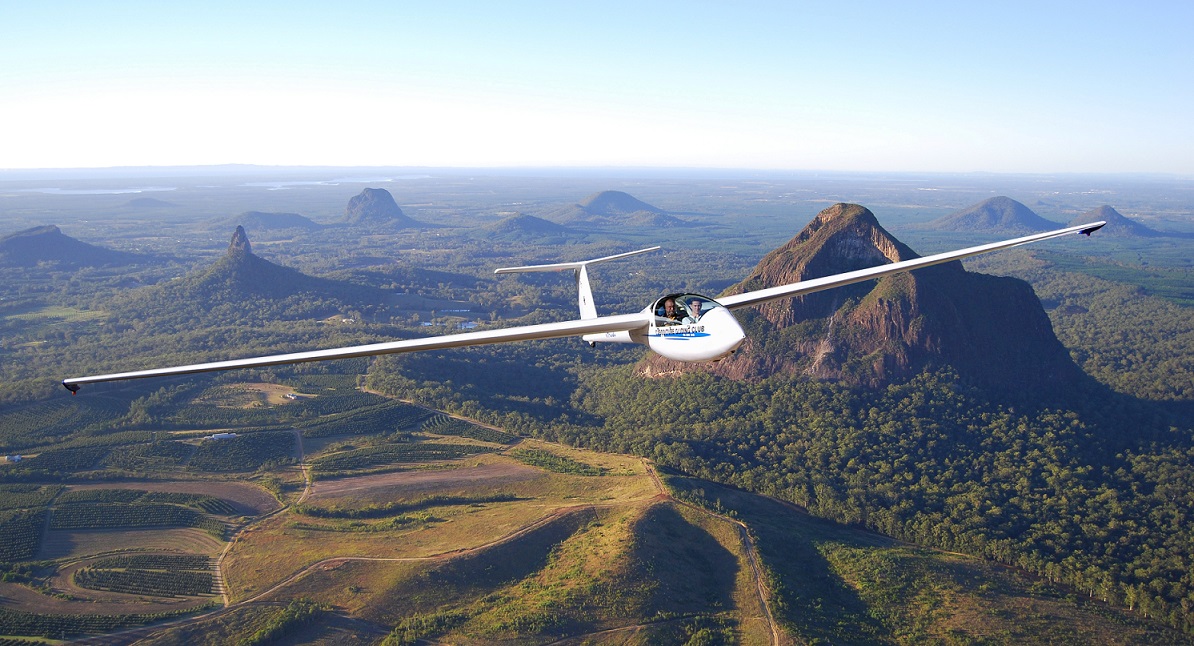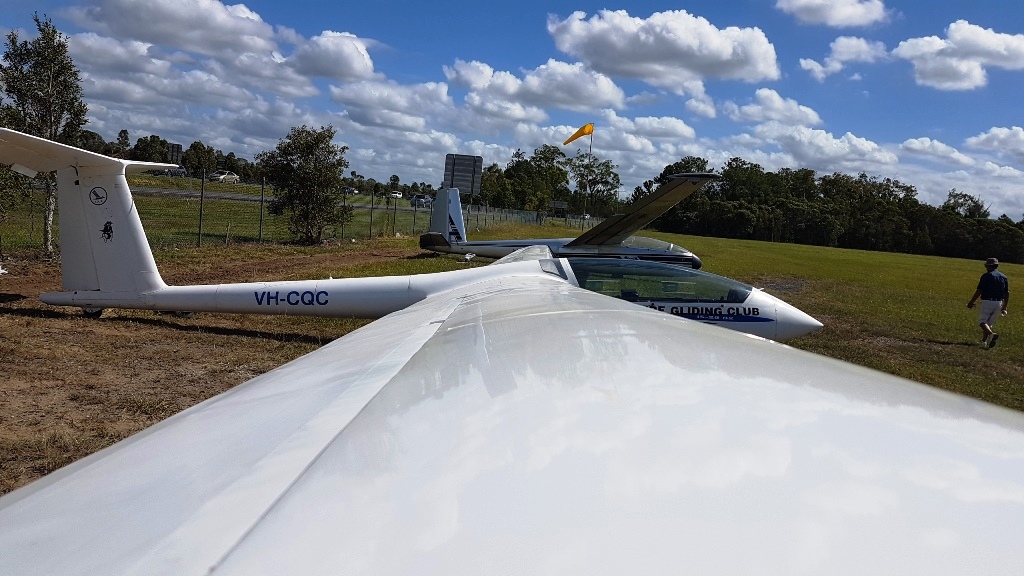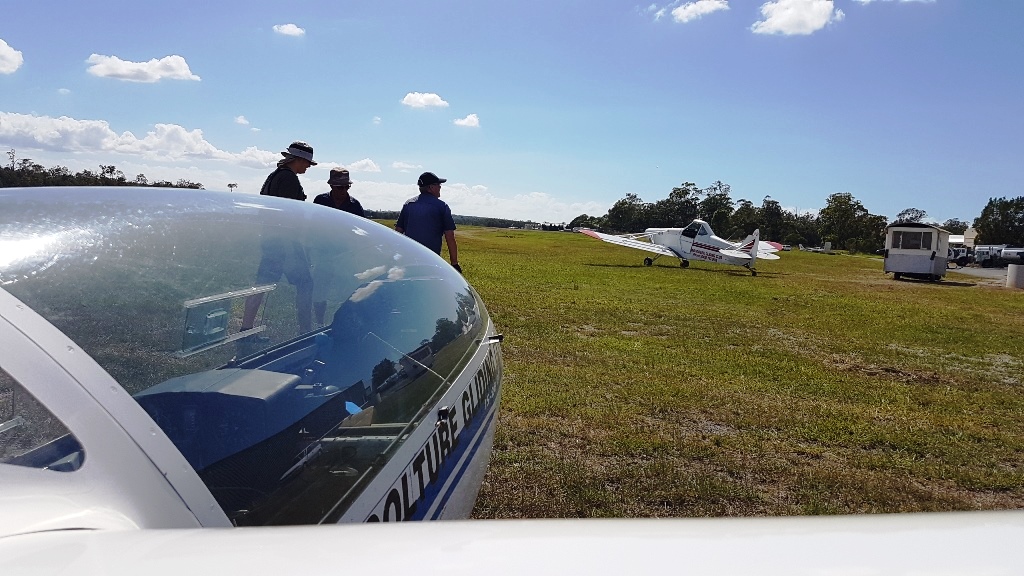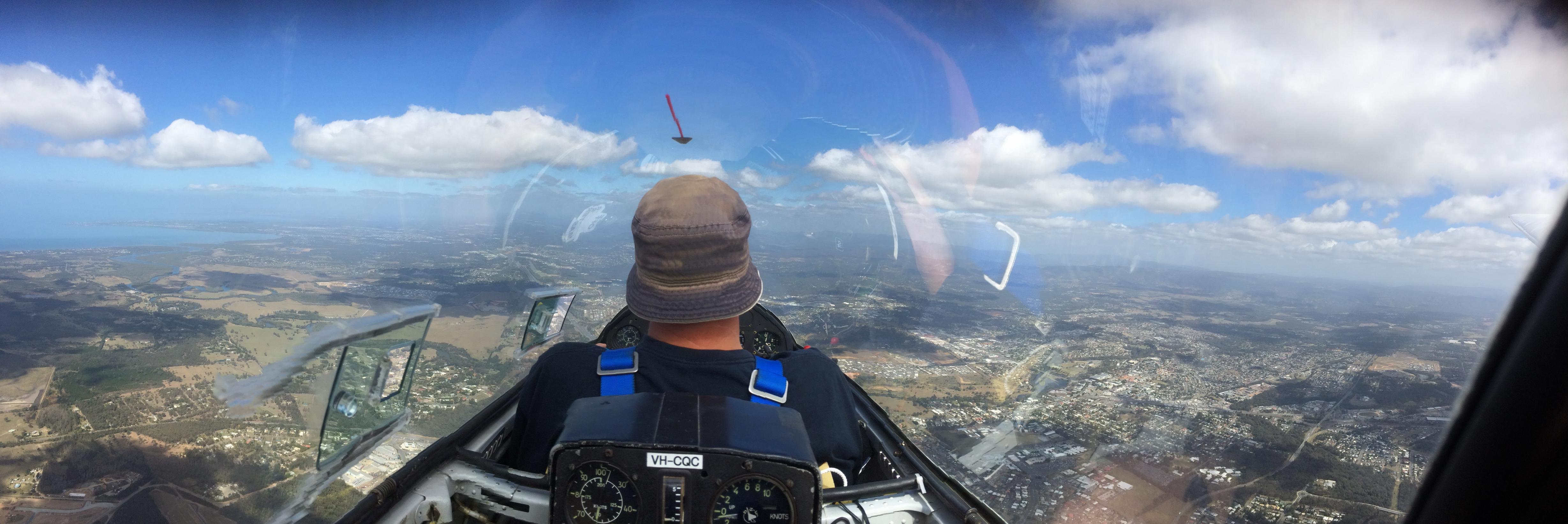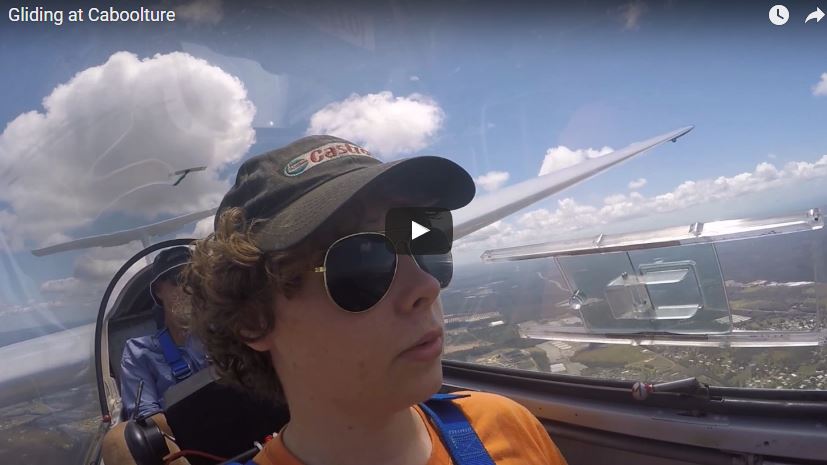Joining Thermals
There are four important matters to consider when joining a thermal already occupied by one or more gliders, and every single one must receive your full attention.
1 You must have in sight all of the gliders that are in the thermal
2 All the gliders in the thermal must be able to see you
3 You must plan your method of arrival and entry to the thermal
4 All the gliders in the thermal must understand your plan
#1 Sighting gliders circling is not easy, and a variety of backgrounds and conditions can conspire to make it even more difficult. Gliders are like kangaroos on the road; where there is one, there will be more, and it is the one you don’t see that will do the damage. After you decide that you have them all sighted, then start searching for the one(s) you haven’t seen - don’t get a fixation on the ones already in view. Keep your scan going over the entire width and depth of the thermal, as one aircraft in a particular stage of the turn may be impossible to see at first glance.
You must also keep in mind that there could be gliders close to you heading for the same thermal. Aim to keep your search going all around, especially above as you will usually be slowing down and gaining altitude as you approach the lift area. THIS IS NOT A TIME TO BE LOOKING AT YOUR VARIO – ALL EYES OUTSIDE!
#2 A glider approaching a gaggle at high speed in a straight line will be next to invisible. The frontal area is very small, and we need to increase this and ensure some horizontal movement so that those gliders already established have some chance of seeing us coming. If we are making our own decisions we will want to sample the air as we approach the lift anyway, as it will be best to have an image of the thermal in our own mind. This will lead to some gentle weaving and “feeling” of the air that will make your glider more visible to those ahead. If not, you should attempt to avoid a direct head-on arrival. You should arrive at only a little above thermalling speed, and with consideration of all the established glider’s positions so that they have a good chance to see you.
#3 A good concept of spatial awareness is vital in the arrival phase. While still well back from the thermal you need to have a good idea of where you will arrive in amongst the gaggle, in relation to all the gliders. There will need to be a space for you to fit into (!) and if not, you will start a gentle turn outside that of the gaggle until they have rotated further and you can see room to move in. DON’T PUSH!
Please, do not arrive at the gaggle at full cruising speed and attempt to pull up amongst them – this is extremely dangerous, as you will have considerable vertical velocity to judge as well as your horizontal position. It will also inevitably mean you are out of sight of one or more gliders, and they are out of sight to you at some stage. If you do this a couple of times someone will punch you in the nose, which will be a very good thing…
#4 As above, you must always manoeuvre in a safe and predictable fashion. Try not to surprise the other pilots with any of your antics. As you fly at higher levels of competition, it is likely that you will have gliders flying at lesser separatio, but the pilots generally behave more predictably. If the pilots of the gaggle see you approaching at a sensible speed and behaving as if you are having a good look out the front and working to fit in comfortably, they will be far more receptive and will often open out their turn a little to let you in more easily. Roll into the thermal smoothly and positively, and likewise when leaving keep all the changes of direction predictable.
Keep a good lookout as you leave the climb, especially below as you accelerate. Above all, be careful and courteous.
Open Class Manoeuvrability
Open Class gliders are big, usually 25 metres or more in span, and heavy, often flying somewhere around 800 kg. This means that they have much inertia. They are slow to roll, and take some time to change speed. Their control response is worst at low speed, as when thermalling, and some account of this needs to be taken by other pilots when sharing airspace.
Give these gliders a little more room when you are near them. They will thermal at about the same speed as any heavily ballasted glider, around 55 to 60 knots. Try not to surprise them by doing something unexpected in a thermal, forcing any rapid evasive action. Generally they will not cause you too much trouble; because of their slow and graceful movements you will find their changes of direction quite easy to anticipate, and it is unlikely that they will manoeuvre into a position faster than you can manoeuvre out of it.


